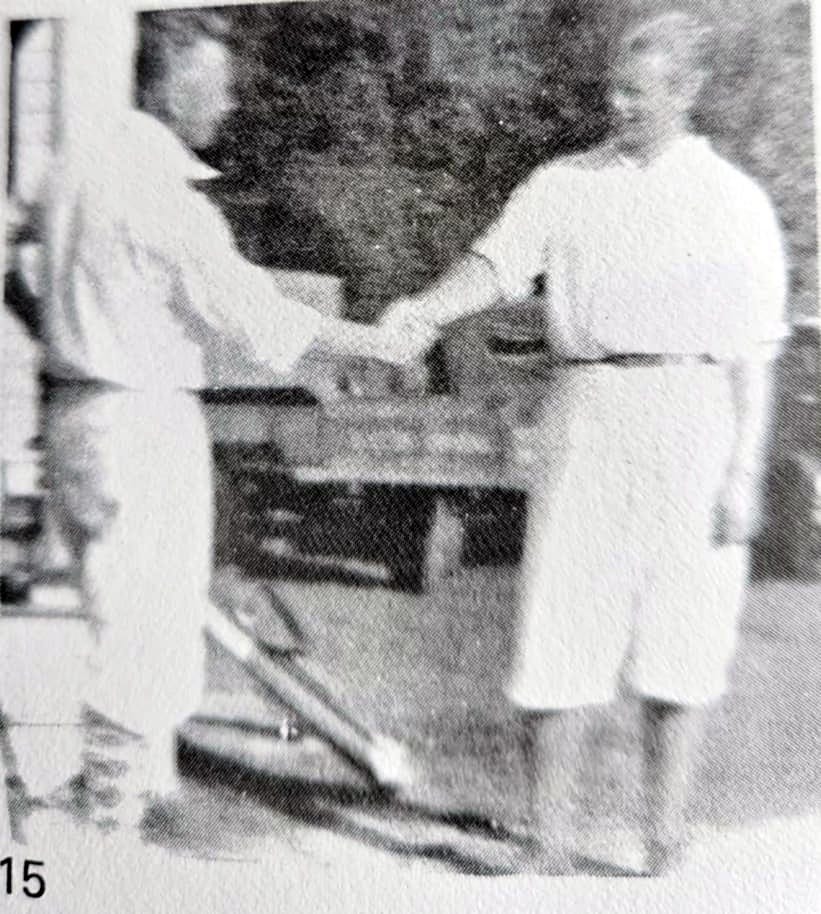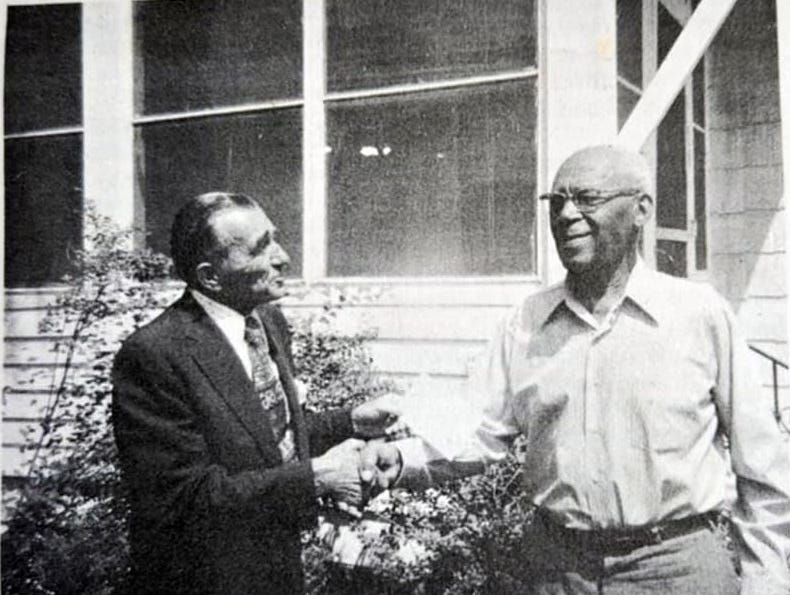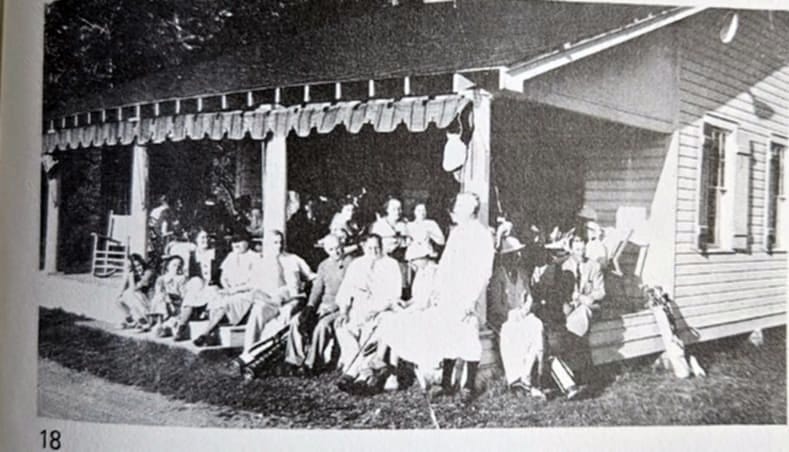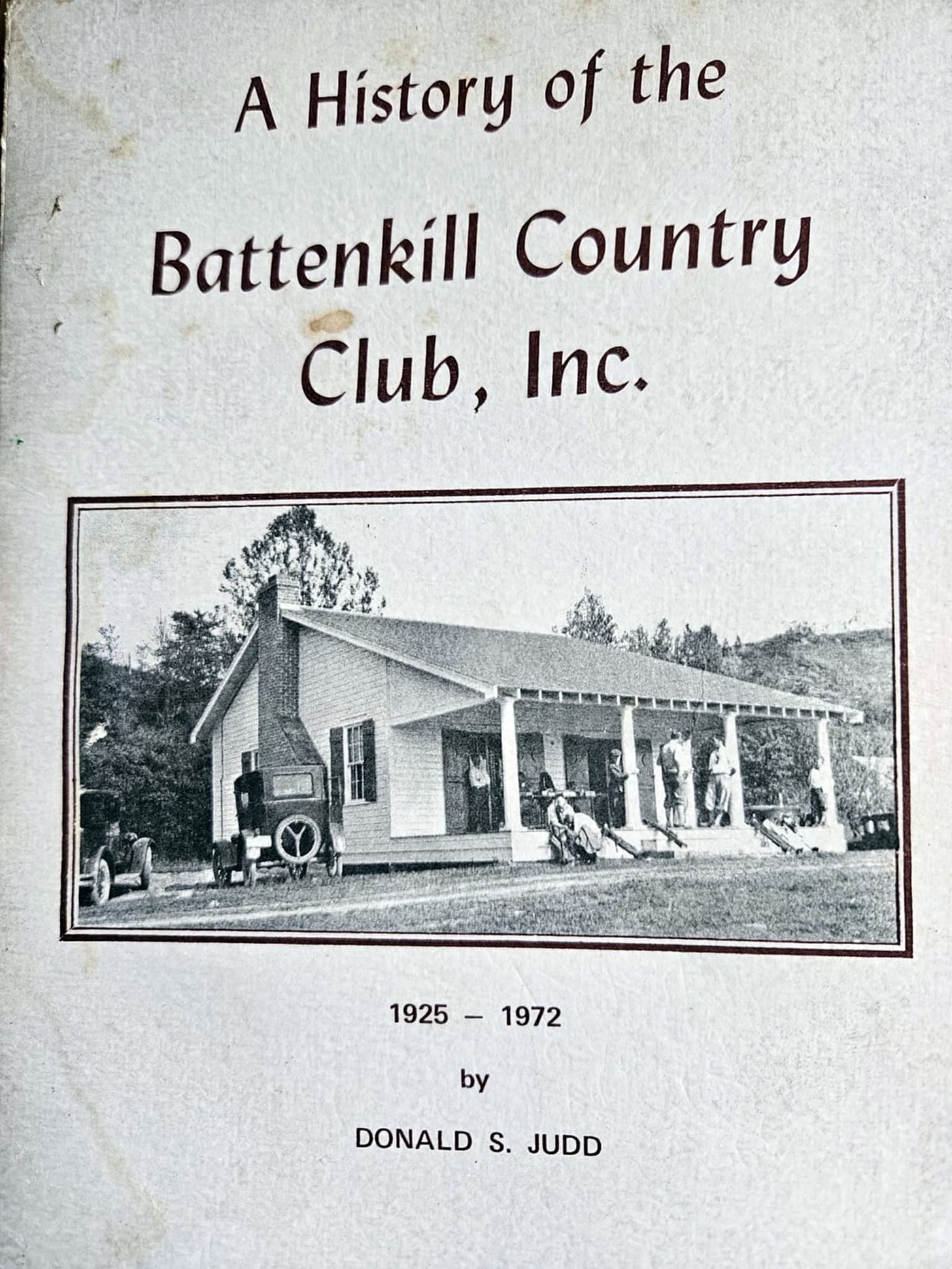By Lisa Pacelli Perkins
Special to Journal & Press
Taken from, “A History of the Battenkill Country Club, Inc., 1925-1972” by Donald S. Judd.
As the Battenkill Country Club celebrates its 100th birthday this year, one may imagine and wonder how it all came to be, the beautiful course it is today.
In the mid 18th century, Mohawk Indians used this territory for hunting, evidenced by a stone pestle found in 1965 while enlarging the 5th fairway! The land the club sits on was inhabited by the Native Americans until the time they were pushed out by whites.
Today’s golf course was first settled by Judge Nathan Tefft, born in Rhode Island, who in 1766 moved to Charlotte County, later renamed Washington County. in 1784. The Judge had a son, Stanton, a surveyor, who came and laid out the tract of land for their homestead.
A year later the Judge brought his family to Galesville (Middle Falls), where he built a sawmill on the “Botten-Kill.” At the same time, he built a log cabin which stood where the tool shed was, on the 6th fairway. Legend says the cabin had many bullet holes from Indian attacks from across the Kill. The house burnt down and another was built on the same foundation. Judge Tefft was the first settler and within a few miles, there were less than 6 families.
In 1925, when the club was started, the 5th fairway went around the barn and orchard. 1950 members may recall the cellar and foundation of the farmhouse when hitting off the 6th tee because it was a one stroke penalty if your ball ended up in the cellar!
The homestead passed to Simeon Tefft, grandson. By this time the homestead grew to include several buildings plus the house and a barn. The barn was the original “clubhouse.” Tefft sold the farm to Fred Miller of Argyle who then sold it to the S&T Paper Company.
The Battenkill Country Club leased the property for the golf club in 1925. An interesting fact is that the cabin on the property was actually the 1767 birthplace of the Bottskill Baptist Church, the first church in Greenwich.
In 1920, I.C. Blandy, who owned White Feather Farm, his son Graham and hired hand George Daisy were haying the fields at the old farmstead and had the idea that the land would make for a good golf course, especially since the closest course was in Hoosick Falls, a good five hour round trip drive in a carriage.
At a party in the village during the winter of 1924, the idea of a golf course resurfaced. Allen T. Hand and Edward T. Jones founded the club. Mr., Jones was then the superintendent of the S&T Paper Company in Galesville. The winter of 1925 at Leroy G. Thompson’s house, he and his wife were said to form a committee including: Dr. M.A. Rogers, Allen Hand and George Daisy to raise funds for the first year’s expenses. Two weeks later, a group met, choosing officers and directors for the golf course.
Daisy, an original founder, served as chairman of tournaments, early president, secretary/treasurer and the first to shoot a hole in one on the 9th hole in 1925!
The club’s first official meeting was held on March 23, 1925, with 20 men and a decision was made to go forward with the golf course project. In the Greenwich Journal dated March 25, 1925, and article titled, “Greenwich Folk Interested in Mashies and Niblicks,” referring to the 5 and 9 irons. The published story told that Arthur H. Wilcox would investigate available properties close to town. Two locations were chosen by a committee headed by Mr., Wilcox; the Tefft farm in Middle Falls or the Stewart farm off the Center Falls Road. A pro, from the Saratoga McGregor course, helped with the decision of the Tefft farm because it could be made into a course for about $1500 and could be leased from S&T Paper.
April 7, 1925, was the actual organization of the Battenkill Country Club. They needed a required number of members at $50 each. 53 charted members signed up and before the year’s end, there were 101 members including 45 women.
In a letter from Mr. Jones, dated 1971, he wrote telling of the early days. He was named greenskeeper. “We only had a few members who actually played golf, but there was a lot of free labor and in a short time they had set up 9 holes, much as they are today. There remained a barn, a swamp and house at the lower end. A tractor, mower and flat boat were purchased with a pump and a fire hose to pump water from the Kill to the greens. In a short time the greens were ready and a lot of players showed up. We drained the swamp and the S&T mill workers came and dug the traps. There was no clubhouse, only a tent hanging from the existing barn. Money was raised by the women holding auctions, parties, tea and a play.”
Mr. Jones did much to develop the club. He hired Obie Brundage, a mill worker, to help build the course. Obie worked nights at the mill and spent his days at the golf course. Obie served the club faithfully as a worker and a superintendent through 47 years. In 1972, he finally retired. The country club paid Obie a monthly stipend upon his retirement.
April 7, 1925, the first officers were elected: President Arthur H Wilcox, VP Leroy G. Thompson and Secretary/Treasurer Thomas A. Morrissey. Board of Directors: L.G. Thompson, F.J. Scully, A.H. Wilcox, George Daisy, I.V. H. Gill, Herbert Van Kirk and N.A. Robbons.
As the course was built, the first greens were dirt. The layout of the holes the first year are similar to present day [72], but shorter with a par of 31.
The first play took place May 16, 1925, the first Board of Directors meeting was May 21, 1925, with the financial operations given: Donations 35 members $1750; Dues 4 members $40; War Tax $3. Total: $1793. Disbursements: Labor for course $447.75; Books and stationary $22.25; Marking stakes $4.86; Iron $1.80; Postage $10.00. Total: $486.66. Balance on Hand: $1306.34.
The women of the club should not be forgotten. After tourneys and weekends they served tea and sandwiches. The Auxiliary raised the money to build the clubhouse. The cost was $2100 and unveiled on June 26, 1926. The original clubhouse included a front room a fireplace and a porch, a ladies room, part of a kitchen and a pro shop. It was decorated with wicker furniture. It had an electric range, electric lights, dishes and other equipment to serve refreshments. In 1929 the clubhouse had water piped in from a spring 150 ft north of the house, two water closets, twp lavatories plus a kitchen sink were added. The flagpole was erected in 1933, a gift from Guy Ripley, president and Mrs. Funston president of the women’s organization.
In 1936 proposed changes in the layout of the course were planned. Lengthen the course by changing #2,3,4 greens, rebuild #7 green (8 today), by raising it up in the back so it was no longer flat.
Another interesting side note, in the 1940s a tennis court was proposed on the grounds. It never materialized because of the cost of the wire to enclose it. In 1950 and 1957 changes were made to improve and expand the clubhouse. Also the road was relocated to the back of the clubhouse, moving the caddy house where the apple orchard once stood. In 1959 course changes were made by adding rain shelters, sand traps and alternate tees, along with the par changing to 35. In 1960 a practice putting green was put in where the old parking lot was located.
In 100 years, the highly regarded Battenkill Country Club has grown from the simple idea of a hay field to the course it is today, thanks to the foresight and ingenuity of local Greenwich men and women. Happy 100th Battenkill CC!











Love this.........Thank you Lisa!!!